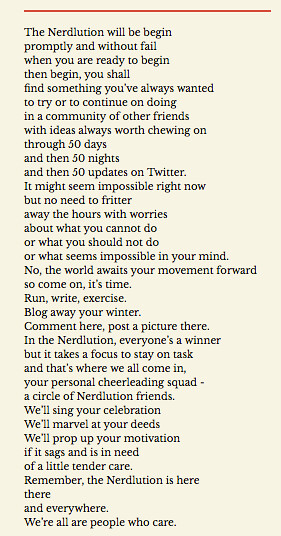The one session that I wanted to attend but could not attend at National Writing Project Annual Meeting was about “hacking the notebook/illuminating the thinking” in which some very inventive folks are revamping what we can do with a notebook by using circuitry stickers to add electronics to notebooks. (I was presenting at te same time). Friends were raving about it for days.
How cool is that idea?
I just added my support for the idea by ordering a kit, still under development, at a crowd-sourcing site. And I am hopeful that I might be able to join a webinar this Thursday afternoon about the notebook circuitry kit. Here is the blurb I received from NWP:
When: December 5, 2013, 4:00 p.m.-5:00 p.m. PST
Where: Via Google Hangout on Air from this page.
In a reprise of a National Writing Project Annual Meeting session, Jie Qi of the Responsive Environments group at the Massachusetts Institute of Technology, and David Cole and Jennifer Dick of Nexmap.org and its I/O (Inside/Out) program walk you through the building of low-cost circuits that allow writers to hack the traditional notebook and tell stories with interactivity. Tune into this webinar to learn how you can work with circuits, writing, and your creative impulse to turn the writer’s notebook into a repository of STEM-powered storytelling.
Interested in learning more about this work and its approach and materials in advance of the webinar? See the I/O notebooking page and Jie Qi’s recently announced crowd-funding project, Circuit Stickers. Check out the video and take a look the circuit stickers she and her research partner, Andrew “Bunnie” Huang, are producing.
Tell me you aren’t intrigued, too?
Peace (in the systems),
Kevin


